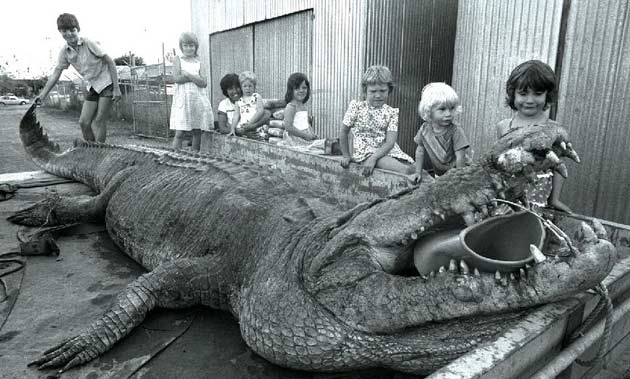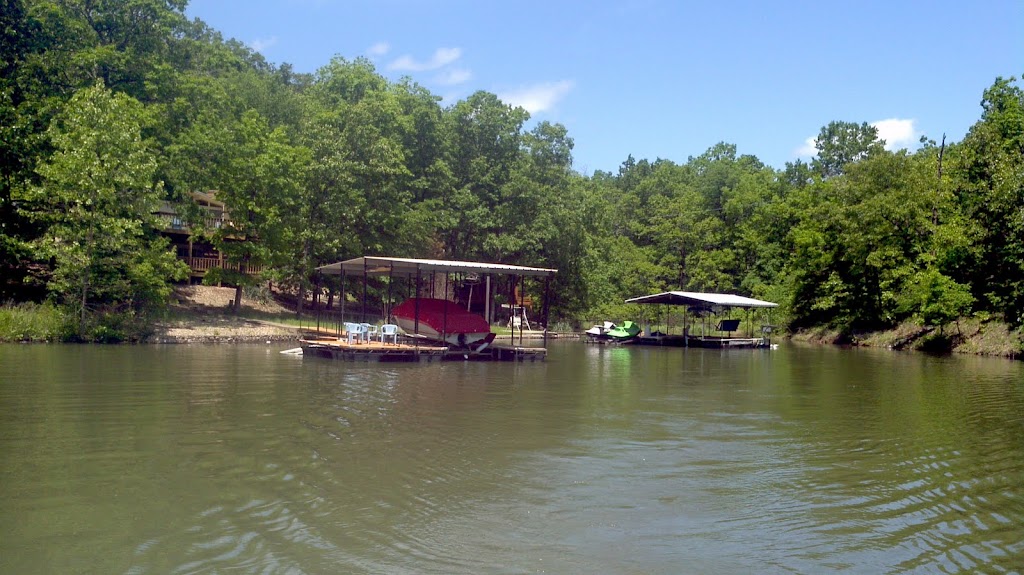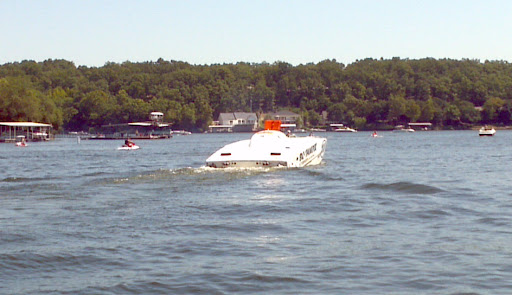I have a hard time believing this group of treasure hunters can’t all be happy with finding something worth $500 million. You would think they could all just take their share, which is about $100 million a piece, and be happy. However i can’t image what $500 million worth of emeralds look like.

ORIGINALLY POSTED HERE — > Sunken treasure sparks legal tussle
WILMINGTON, Delaware (Reuters) – It was an eye-popping investment pitch no one else could match — in return for $2 million, Manhattan accountant Neil Ash was offering investors a stake in the one of the biggest sunken treasures ever, an underwater site teeming with emeralds.
The hitch: When Ash took backers to a Citibank vault to inspect gems that had quietly been recovered from the sea, they were gone.
That set in motion a complicated and colorful legal scramble to lay claim to a trove of emeralds worth up to $500 million, according to court documents.

It’s a story marked by accusations of double-dealing, corporate mutiny and deceit. The cast includes an investor who once oversaw Citigroup’s hedge fund business, a Democratic Party insider who has hosted the Obama family at his Hawaii getaway and an unlikely amateur treasure hunter.
The main legal dispute has played out quietly in Delaware’s Chancery Court, where Jay Miscovich, a retired doctor who apparently found the emeralds, has battled against his investors who tried to seize control of the company that they say owns the treasure. A settlement was approved Friday, but if the treasure is as striking as court documents suggest, there are probably more legal fights to come.

“It’s just amazing to me, it’s nearly like a movie script,” said Paul Horan, Key West’s go-to attorney for treasure salvors, of the case. “You just scratch your head and ask what the hell is going on.”
The main players in the drama are bound to silence by confidentiality agreements. Most sensitive details have been redacted from court documents. It’s never even revealed where the sunken treasure is located, or thought to be located. The filings from each side that are public contradict eachother, and despite the settlement each side negates the other’s accusations.
“CACHE” DISCOVERED
To the degree a story can be pieced together, it goes something like this.
In early 2010, Miscovich, an investor in sunken treasure excavations, claimed to have located a site and recovered a “cache” of precious stones.
To pay for the pricey recovery work, Miscovich turned for assistance to his brother Scott, a Hawaiian physician. Scott connected Jay with Dean Barr, the former Citigroup hedge fund executive, who in turn, brought in Ash the accountant. In the summer of 2010, the pair agreed to pony up roughly $2 million, according to the partnership agreement, although the two sides differ on how much of that they actually invested.
Almost immediately, things soured. The investors suspected the Miscoviches were scheming to keep the most highly prized gems for themselves — a concern fueled by the empty safe deposit box episode.

Their worst fears seemed to be confirmed when Ash, the accountant, was contacted by Gerry Edwards, a diver working on the recovery efforts in Florida. Recounting the conversation to Reuters, Edwards said he told Ash that boxes of emeralds were being stashed out of the investors’ reach in Key West.
Soon after Edwards’ call to Ash, the investors sued. They wanted a ruling that Jay Miscovich had breached his contract with the investors and that they could seize control of the partnership.
The Miscovich side of the story, as related in court documents, is quite different. According to Jay Miscovich, the investors created events like the empty safe deposit box as a pretext to have the bank deny the brothers’ access to the vault. The “stash” that the diver Edwards discovered in Key West was nothing but worthless stones.
To Jay Miscovich, it was the investors who appeared to be angling to snatch the treasure.
The brothers, meanwhile, lined up heavy hitters to aid their case. Among their allies named in the court papers is Paul Sullivan, the executive director of the Democratic National Committee from 1977-1979 and President Bill Clinton’s deputy campaign manager in 1992. President Barack Obama has stayed at one of Sullivan’s Hawaiian properties, according to court papers.
In his heavily redacted court declaration on behalf of the Miscoviches, Sullivan states that “the resolution of such claims are extremely sensitive and confidential and often involve officials at the very highest level of government.” He seems the perfect man for the job, but it’s unclear what claims need resolving, or why it has to be done with top-level officials.
The Miscoviches have also been seeking to capitalize on the emeralds through media and marketing deals. In their court filings, the brothers mention book and movie rights. They have retained the public relations firm Fleishman-Hillard and gone so far as to schedule a meeting with the curator of the Smithsonian Institute’s mineral collection, Jeffrey Post. During the talk, they produced bags and bags of gems.

“You don’t get people walking in with sacks of gemstones very often,” said Randall Kremer, a museum spokesman. In his 17 years, he didn’t ever recall a meeting like it.
Kremer said Post found the stones “compelling” but did not want to say more until it was clear who owned them.
That might take a while.
SETTLEMENT SEALED
Friday’s settlement, much of which was sealed, resolved questions of corporate law stemming from the failed partnership. It appeared the investors gave up any claims to the business and that Miscovich will reinvest $500,000 in the operation. The fate of the gems is anybody’s guess.
The brothers have not filed a salvage claim in federal court, but when they do that could invite others to challenge it. The U.S. government, Florida or foreign nations might try to claim the emeralds, depending where it was found and if it was located near a shipwreck.
In the eyes of the law, the Miscoviches may be the least likely owners. “We may not know whose property it is, but we know it’s not yours,” was how Ole Varmer, a staff attorney for National Oceanic and Atmospheric Administration, summed up the official view of treasure claims.
Just this week, Kenneth Rose, the owner of a treasure site near Woman Key, west of Key West, sought to intervene in the Miscovich case. Rose discovered an emerald he describes as the size of a chicken egg on a claim site he has held near Woman Key for decades.
He at first suspected the emerald might be part of the trove the Miscovich brothers are claiming, which would suggest that their gems actually belonged to Rose. But after hiring a lawyer to intervene, Rose concluded that someone had likely placed the egg-sized emerald on his claim in a bid to stir up trouble.
“Treasure hunters are only one step above drug dealers,” said Rose, who carefully described himself as an “opportunist.”

If nothing else, the story is a cautionary one for potential investors. If you are ever tempted to invest in sunken treasure, says Robert Marx, a treasure salvor in Florida, there’s just one thing to do.
“Take all your money you would invest, in banknotes, and go out on a boat with a bunch of naked chicks,” Marx said. “Take a whole bunch of booze and have a party. And when the wind starts blowing get the money and throw it in the air and let it blow into the sea.”
The Delaware case is AZALP LLC v Jay Miscovich, Delaware Chancery Court, No. 6138.
(Reporting by Tom Hals; Editing by Eileen Daspin)


 [The above storm looks to split around the city of St. Louis. Red strong storms appear above and below the city but right over the city the weather splits and calms down to barely even a yellow color.]
[The above storm looks to split around the city of St. Louis. Red strong storms appear above and below the city but right over the city the weather splits and calms down to barely even a yellow color.] [In This picture the storm is completely destroyed over St. Louis but is reappearing on the east side of town in Illinois]
[In This picture the storm is completely destroyed over St. Louis but is reappearing on the east side of town in Illinois]


 The vast city — which is five miles long and two miles wide — is believed to predate the oldest known remains in the subcontinent by more than 5,000 years.
The vast city — which is five miles long and two miles wide — is believed to predate the oldest known remains in the subcontinent by more than 5,000 years.
 This 21-foot, 2,375 pound megacroc destroyed four traps, one water buffalo, and possibly a fisherman before finally being captured in a specially-designed, reinforced, steel-wire trap. Trapped, not killed? And cue Jurassic Park theme music in 3… 2… 1…
This 21-foot, 2,375 pound megacroc destroyed four traps, one water buffalo, and possibly a fisherman before finally being captured in a specially-designed, reinforced, steel-wire trap. Trapped, not killed? And cue Jurassic Park theme music in 3… 2… 1…





 Wolfbird Jester
Wolfbird Jester




















